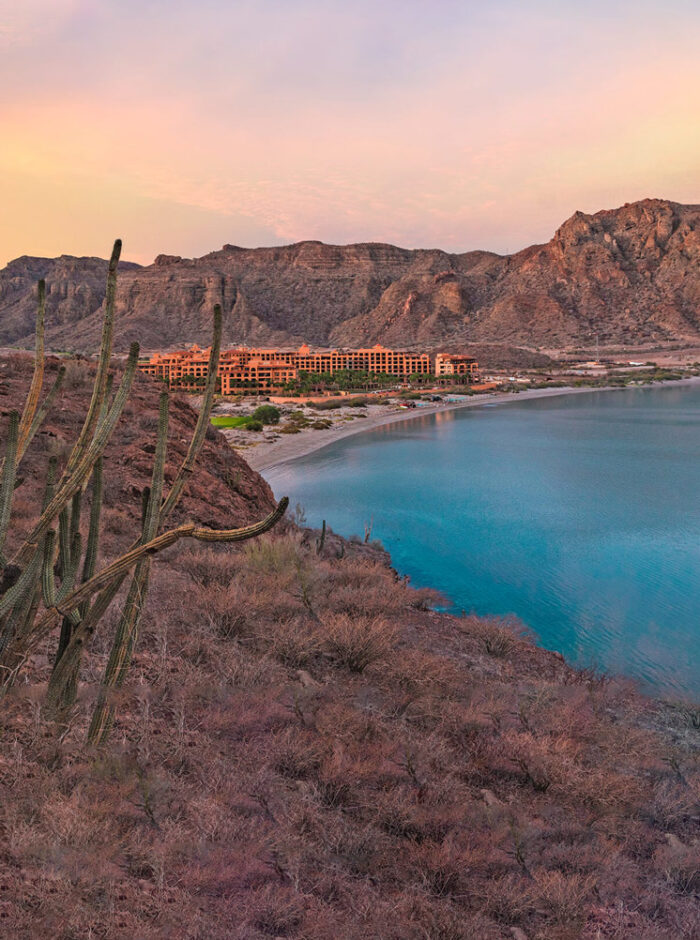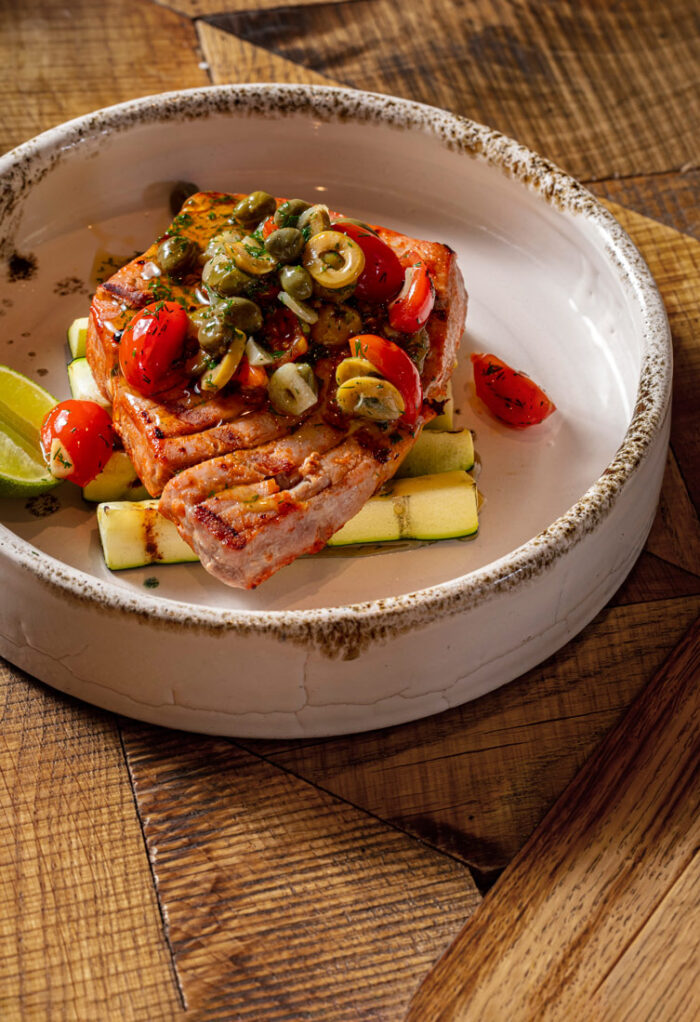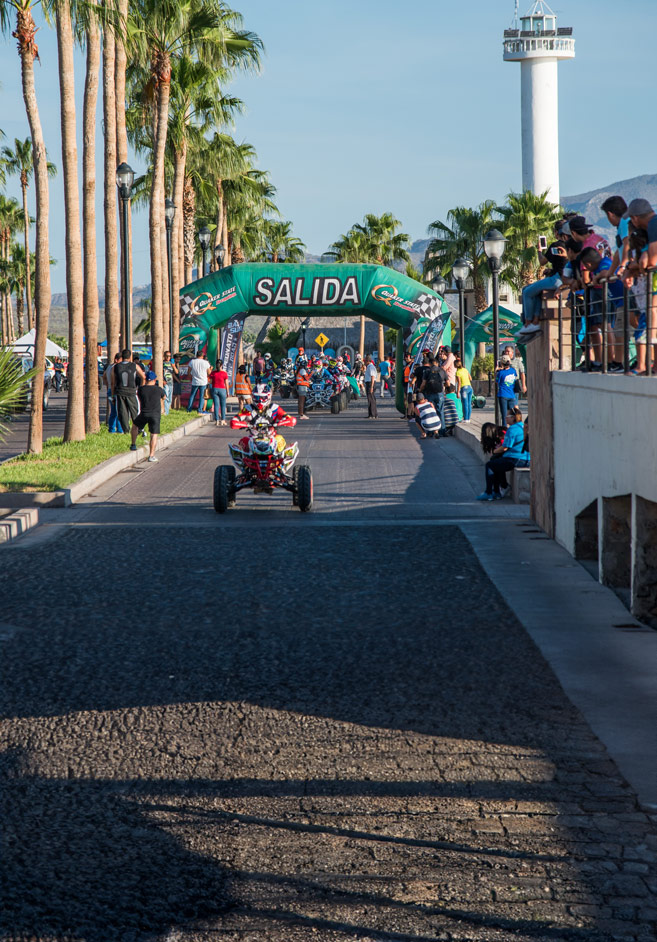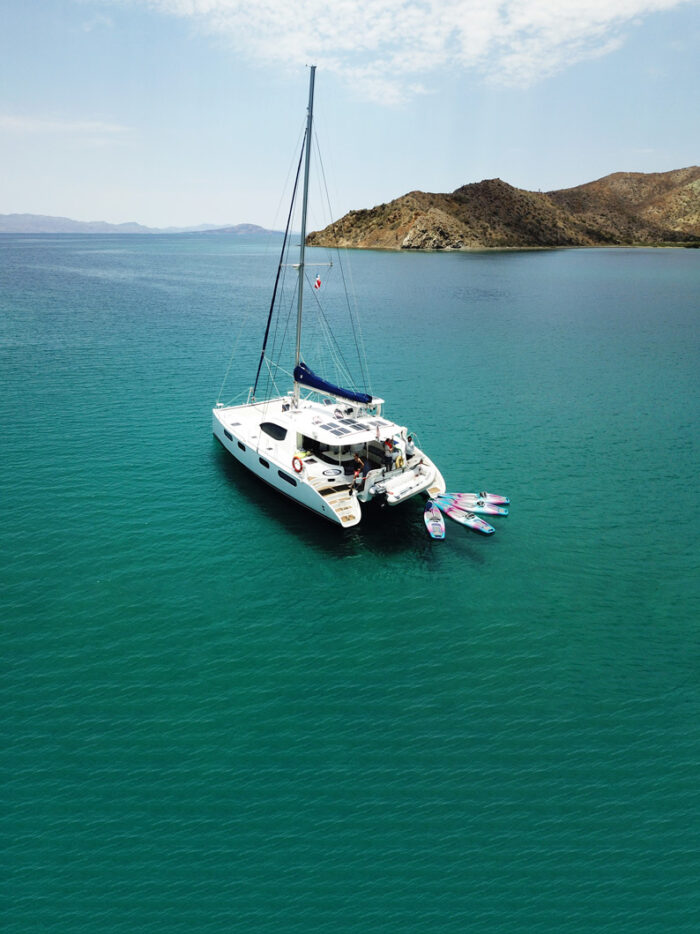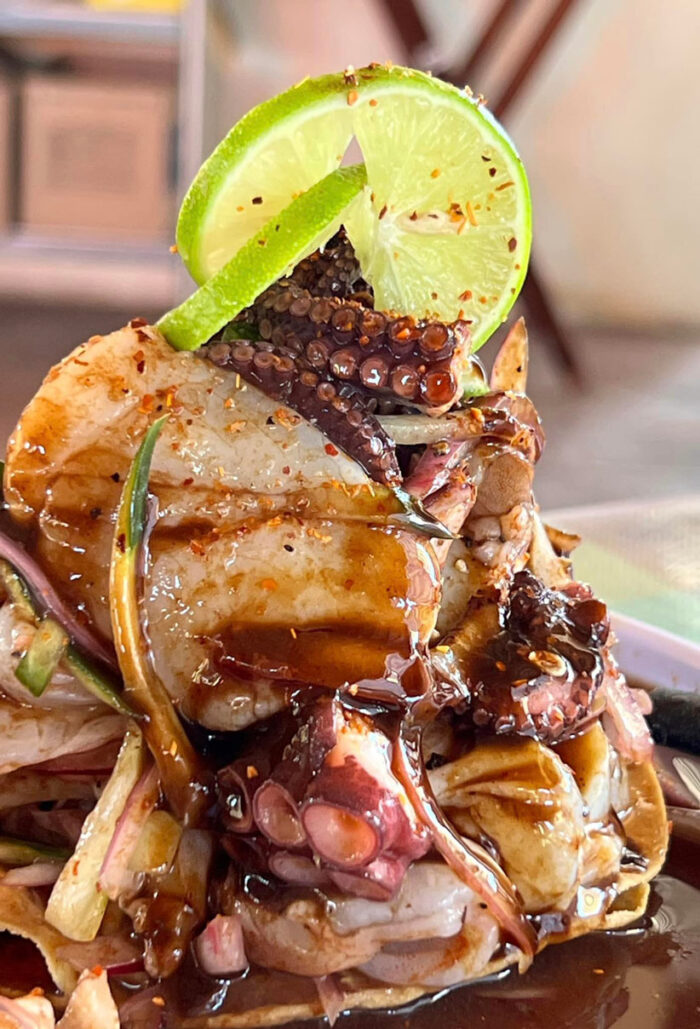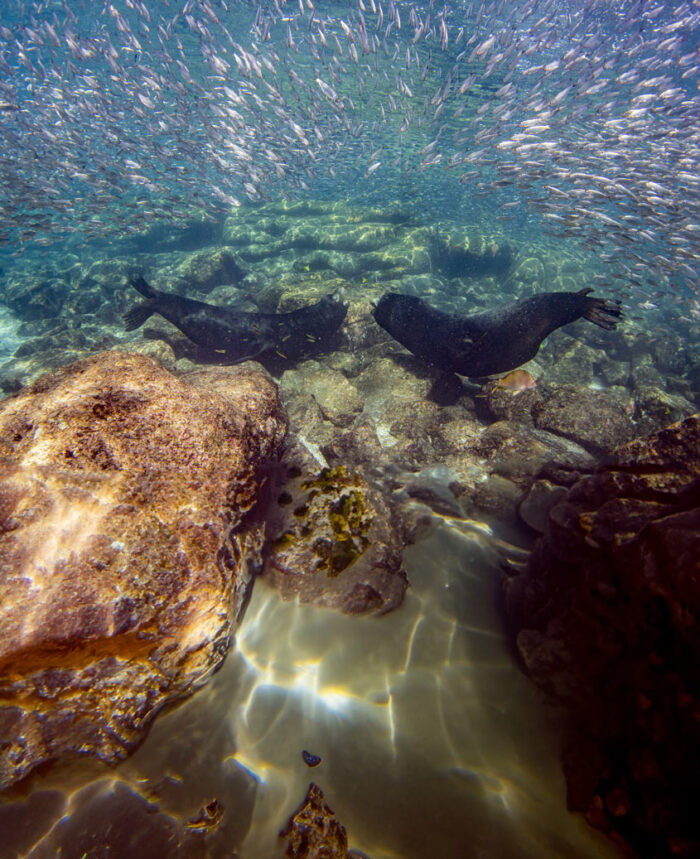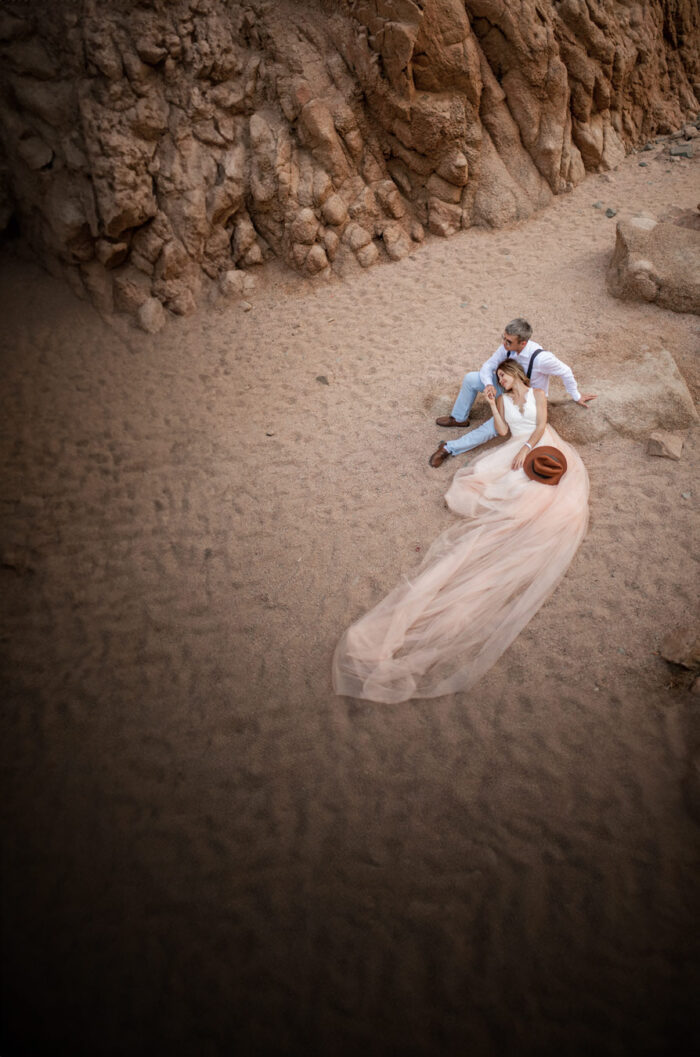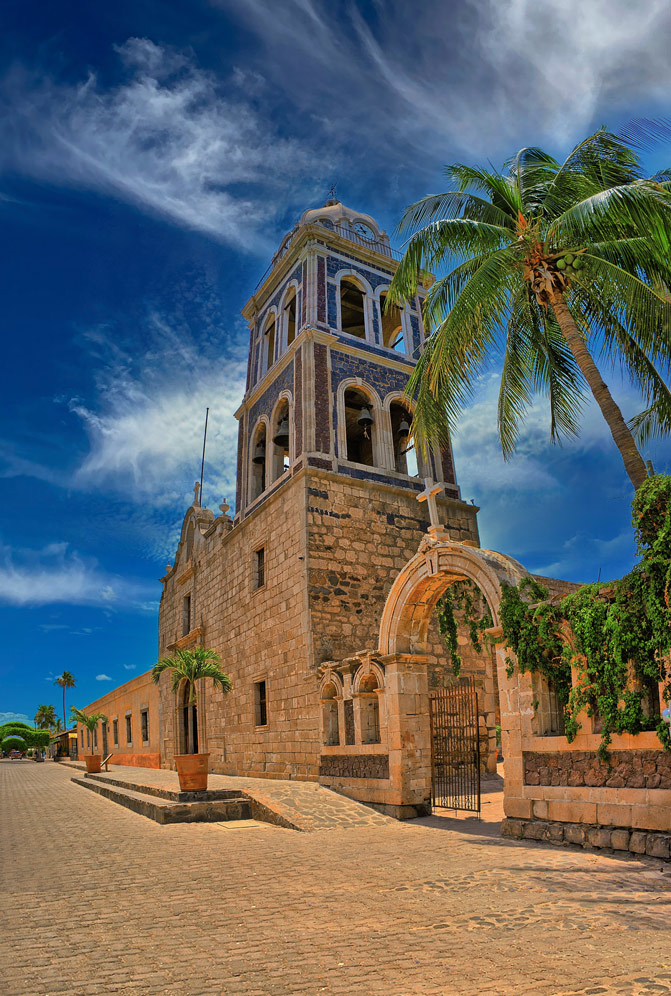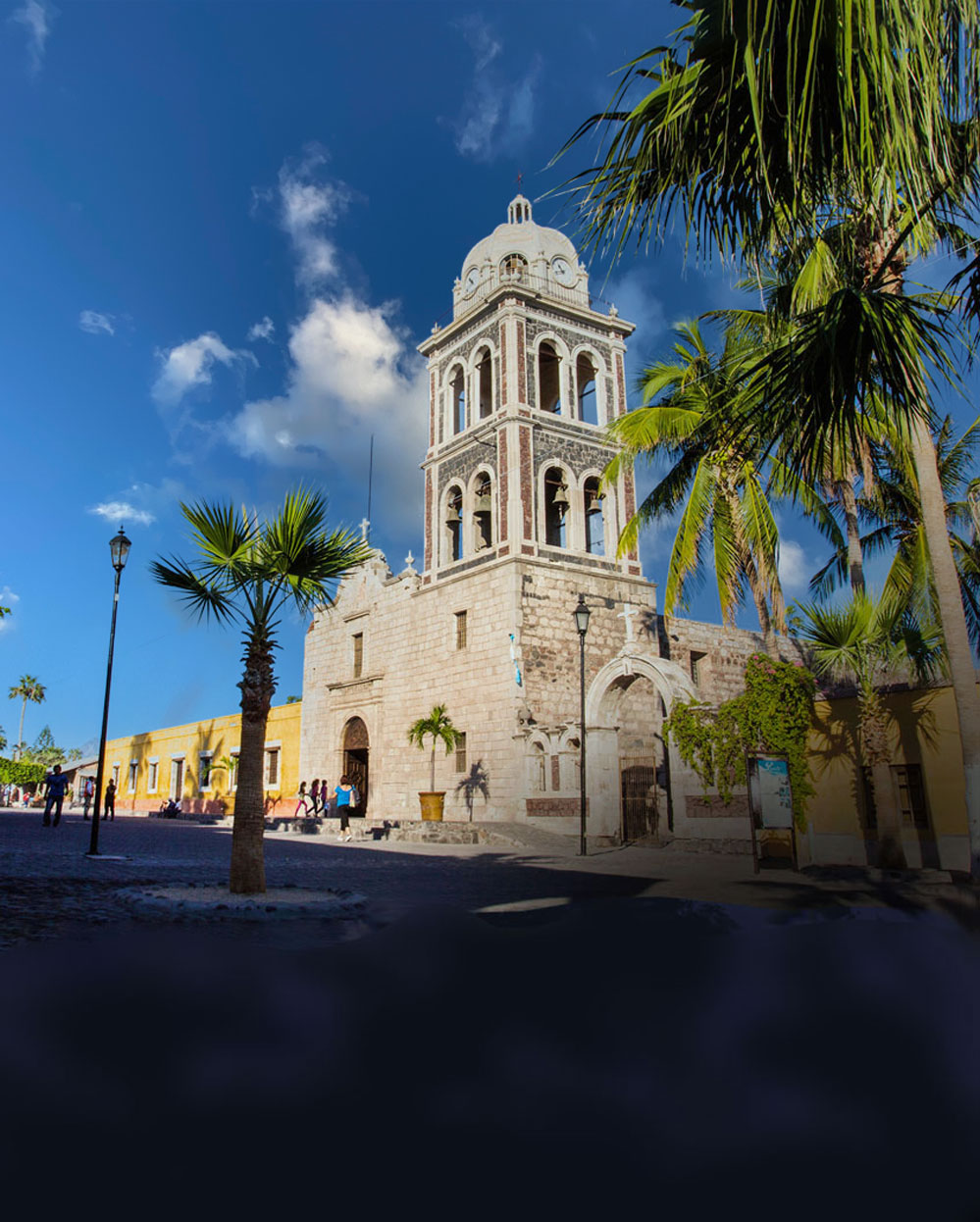
Surprising Past
The imprint of the many civilizations that have passed through the Baja California peninsula and amazing Loreto, have been engraved in stone.

Continua en la historia
 Desliza a la izquierda para continuar
Desliza a la izquierda para continuar
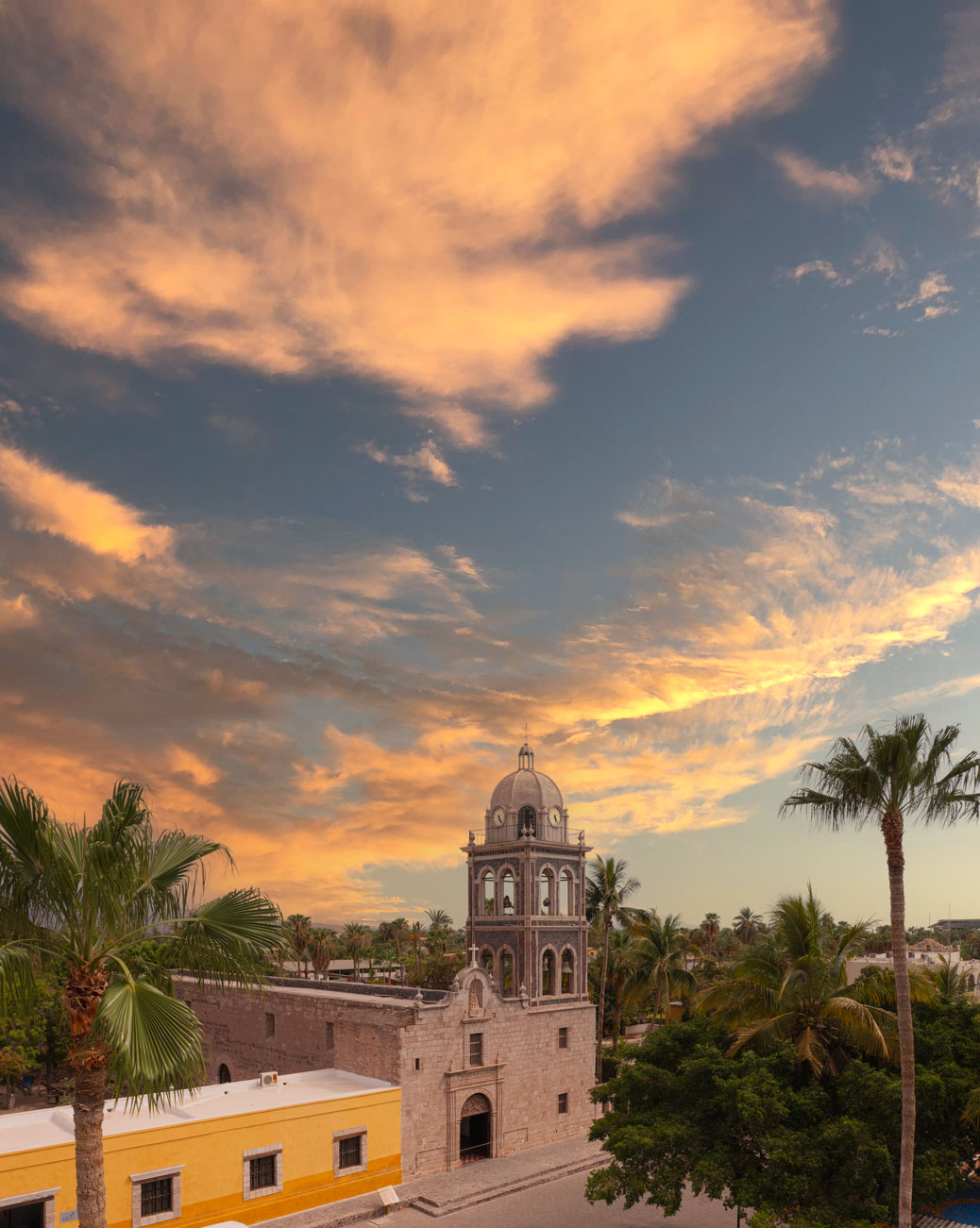

 It is estimated that Loreto’s first inhabitants arrived here at least 10,000 years ago. Known by the native peoples as Conchó, this peaceful place full of natural wealth has seen numerous civilizations go by.
It is estimated that Loreto’s first inhabitants arrived here at least 10,000 years ago. Known by the native peoples as Conchó, this peaceful place full of natural wealth has seen numerous civilizations go by.
.
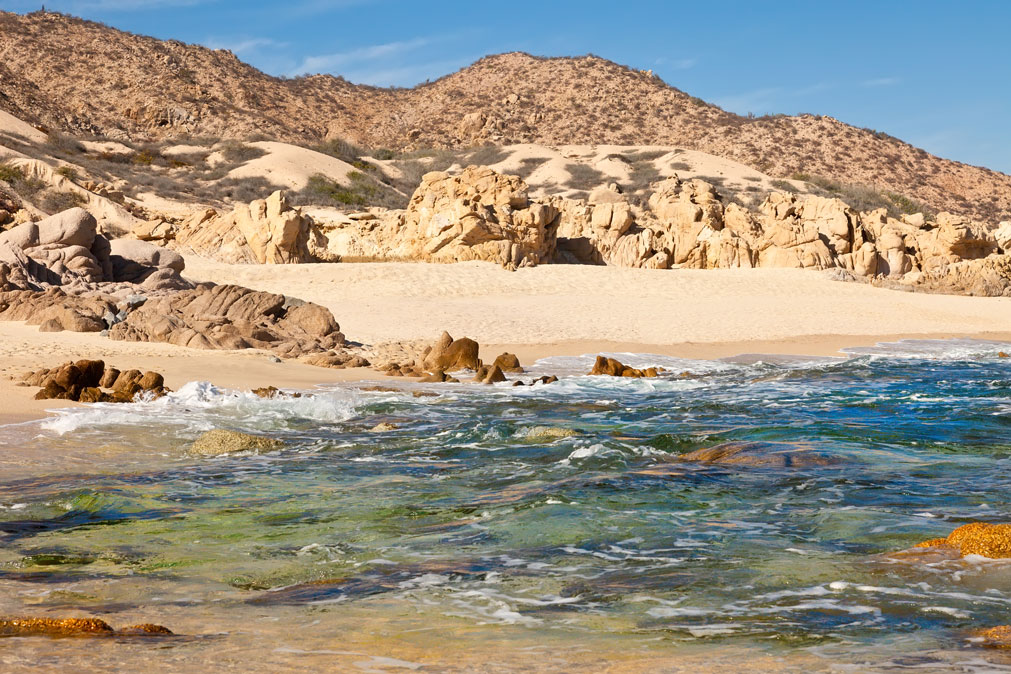

▮ The Cochimí and Guaycura peoples settled in this wildly beautiful place where the desert and one of the world’s most stunning seas come together. Due to its inaccessibility, they remained at peace for centuries.
For more than 150 years, the Spanish tried to reach the region, bathed by the Gulf of California, without success.
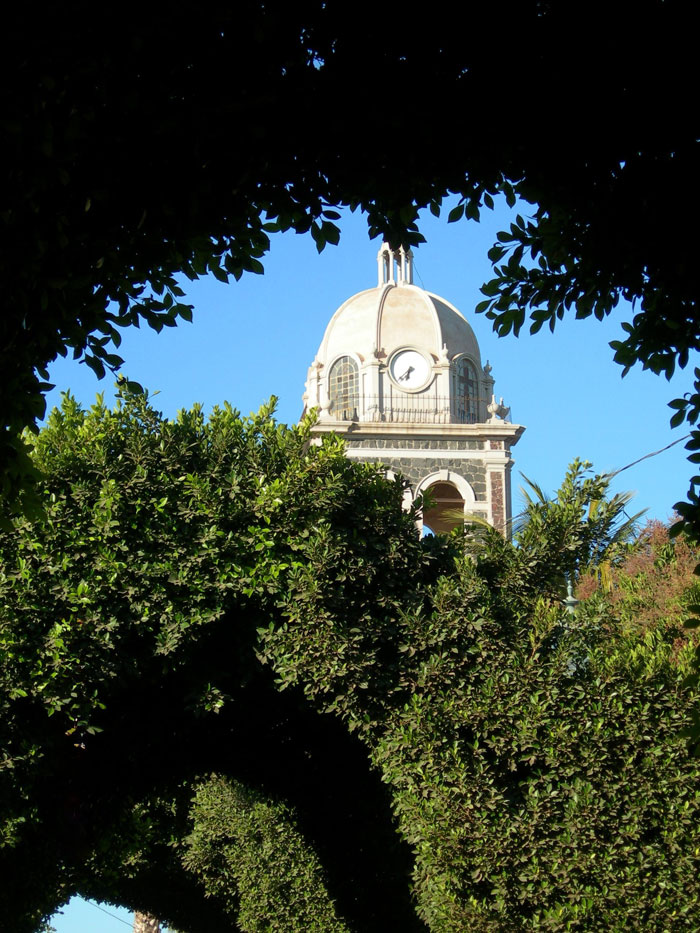
⎯⎯⎯⎯⎯⎯⎯⎯⎯
The seed of religion failed on countless occasions, until an example of great faith took root in Loreto. This became the base for California and their evangelical missions, where hope and progress had fertile ground to grow in.
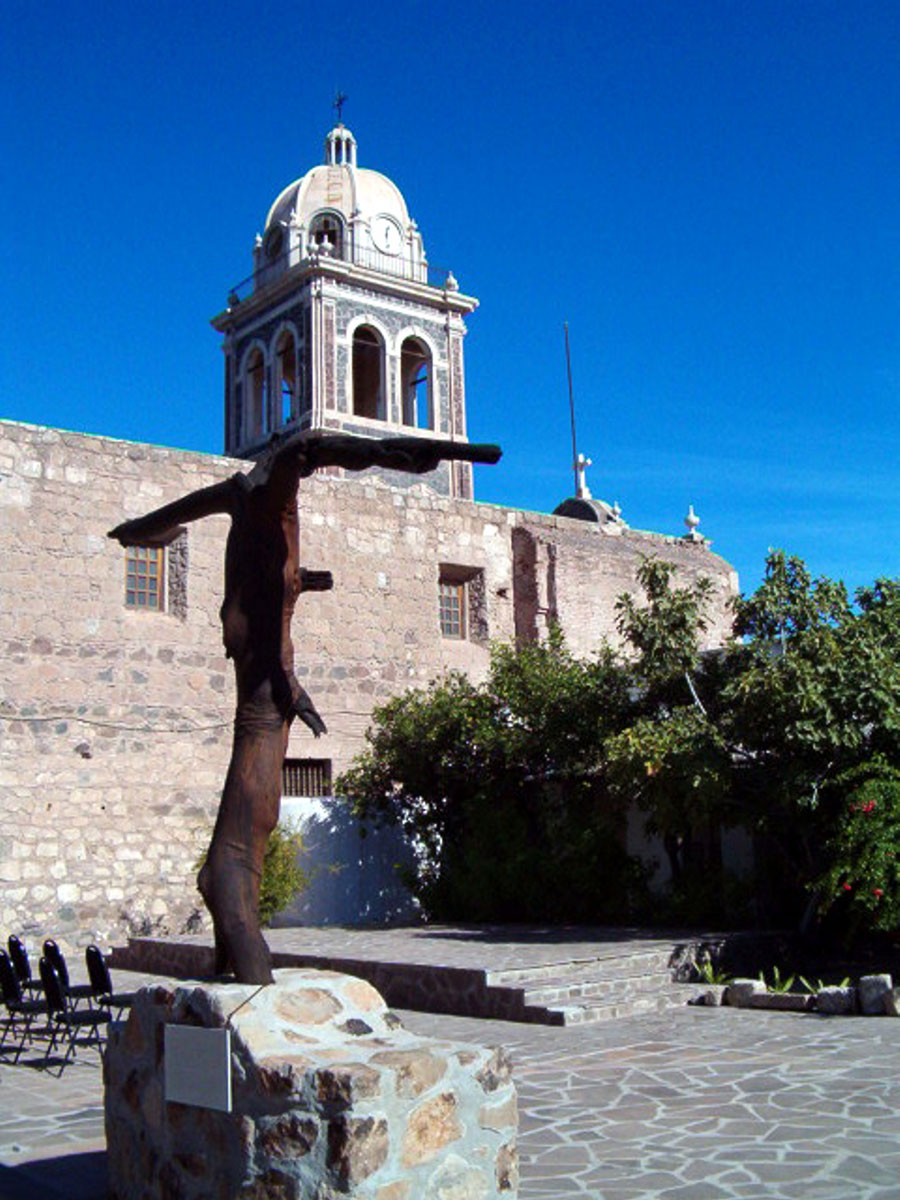

 As if it were a miracle from Nuestra Señora de Loreto (Our Lady of Loreto) the work was fruitful. Father Junipero Serra departed from here to found the Mission of San Diego, the mainstay of northern California, and for decades it was considered the most important town in Baja California.
As if it were a miracle from Nuestra Señora de Loreto (Our Lady of Loreto) the work was fruitful. Father Junipero Serra departed from here to found the Mission of San Diego, the mainstay of northern California, and for decades it was considered the most important town in Baja California.
▮ They say restraint is the garment of beauty, and this is seen in the architectural works that tell of the passage of colonial times in the area. They speak of an apparent simplicity, but one that blends in unison with the landscape, which needs little to complement its stunning beauty.
Although in 1829 it lost its capital status to La Paz, Loreto still retains the stately charm of its early years, which neither earthquakes nor floods have been able to erase.
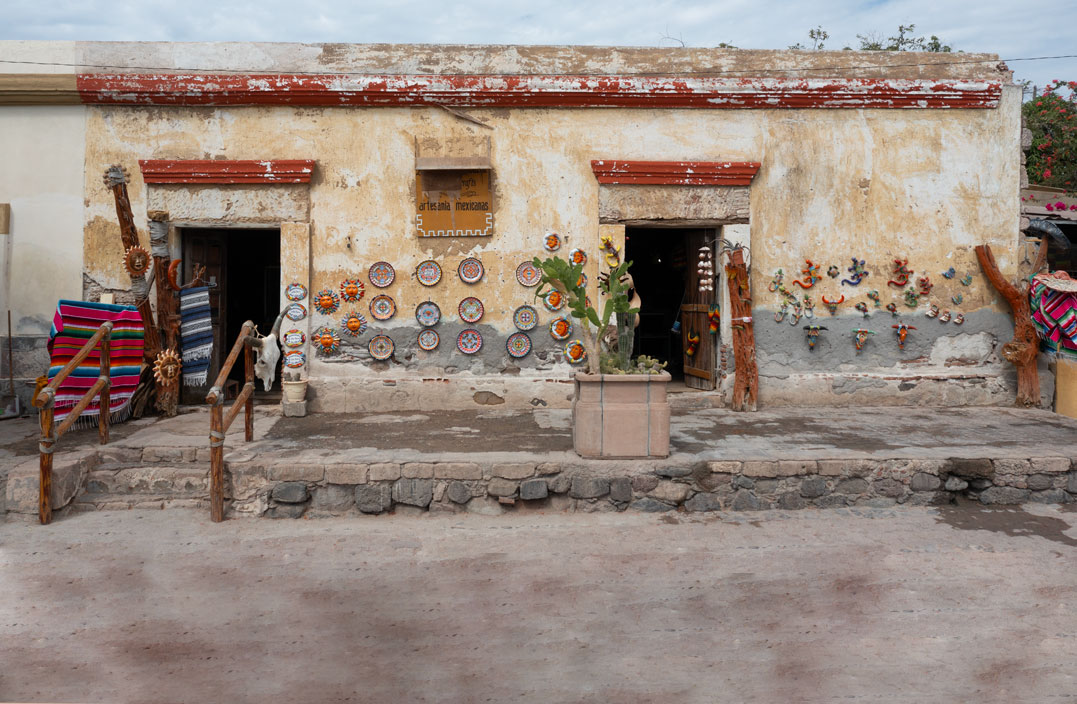
▮ The traces of its inhabitants—whether the ancient indigenous peoples, the educated missionaries, or the patient modern inhabitants—have been beautifully captured in various ways among the stones and plains of the region.
Whether in the shape of rock paintings from the first people, surprised by the natural abundance, or through faith-filled constructions or modern paintings, their passage is shared with eternity.
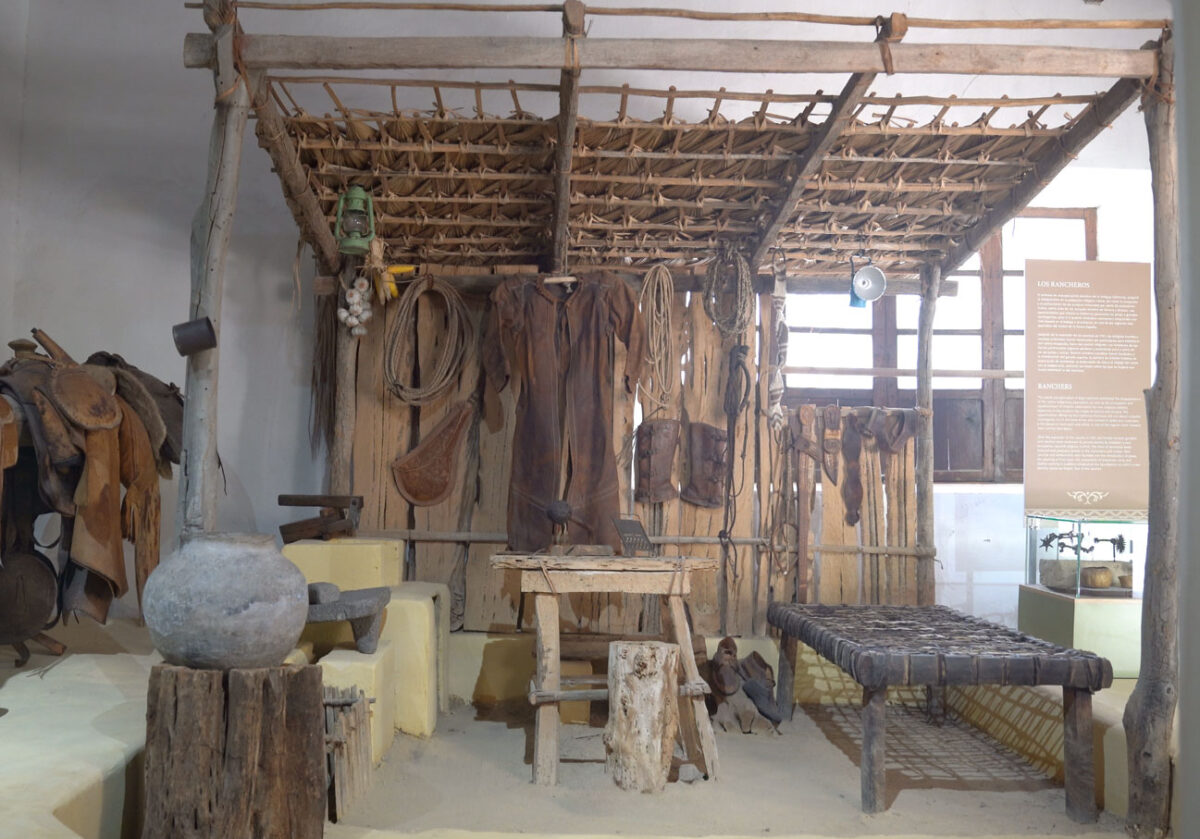
 Jesuit Missions Museum
Jesuit Missions Museum
▀ Located in what used to be the general storehouses of the Misión de Loreto, whose construction began in 1697, this museum not only contains one of the most complete art galleries in the northwest of the country, but also serves as a portal to the past.
Its exhibits respect the traditional distribution of the viceregal warehouse, which since the expulsion of the Jesuits in the 18th century, solidified it as one of the most important buildings in the entire Baja California peninsula.
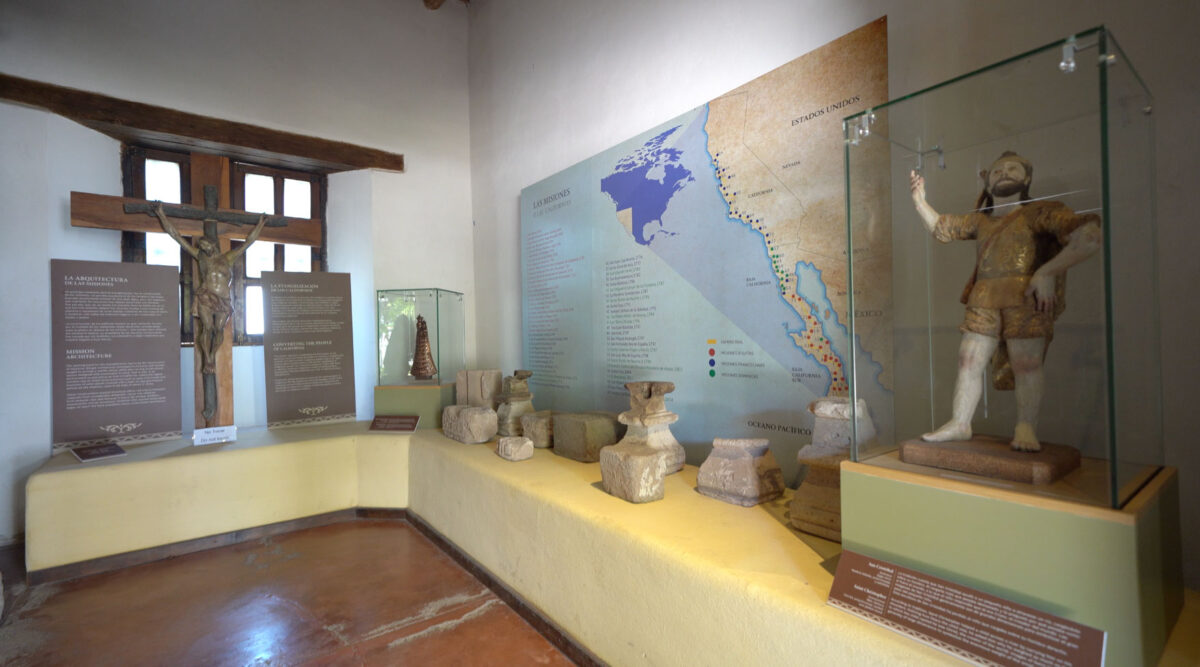
▮ Collection
Inaugurated as Museo de Sito in 1973, this local historical museum has one of the most important pictorial collections in the region. This is its permanent collection, exhibited in spaces that once stored quicksilver and other materials.

In the garden you can see some of the crops that made Baja California famous: grapevines and orange and olive trees.

▮ Activities
The Museo de las Misiones Jesuitas is a living space, and as seen in the events that take place here. They include concerts, documentary screenings, conferences, plays, and a variety of presentations.
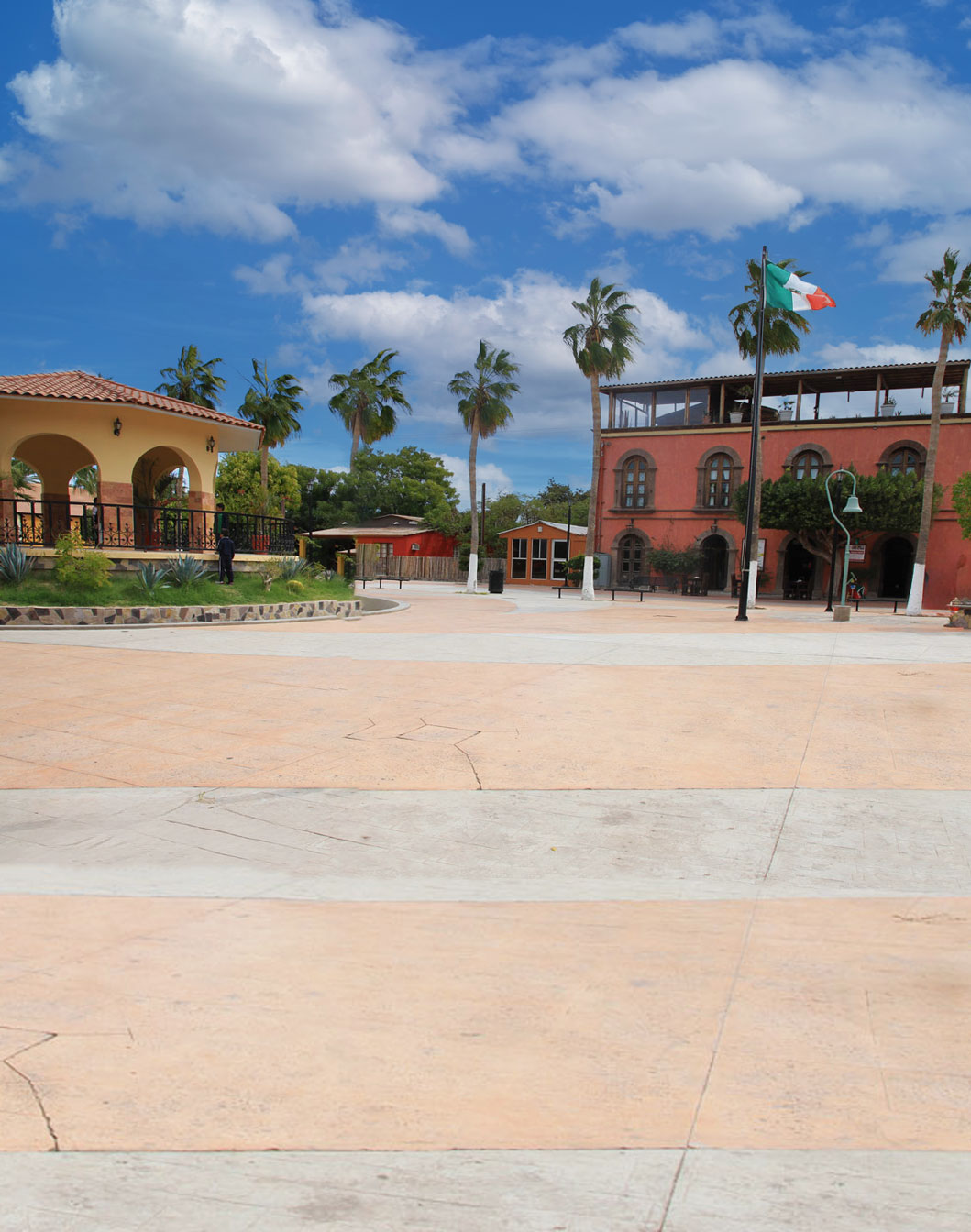
 Mission Architecture
Mission Architecture
The colonial era is viewed differently in the Baja California peninsula compared to the rest of the country.
▮ While restrained baroque architecture is the standard in the crowded cities of the center of the country, in Loreto the buildings feature refined, simple lines, which blend into their environment.
⎯⎯⎯⎯⎯⎯⎯⎯⎯⎯
The mission style that prevails in the mission and its museum, and it spread throughout California. These are buildings with high roofs, with little to no ornamentation, containing nothing superfluous, and everything fulfills a need.
If, as historians say, the restrained baroque represents a fear of emptiness, filling it with hundreds of motifs, mission style reveals an almost spiritual inner peace, where inner life, not the exterior is important.
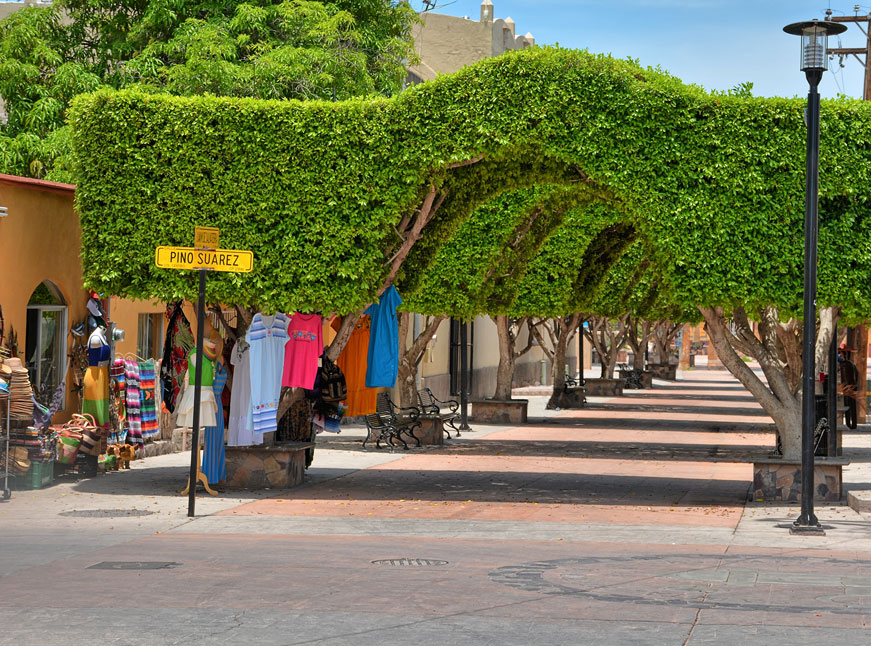
 Plaza Salvatierra
Plaza Salvatierra
Located in the heart of Loreto, this small square is surrounded by the town’s oldest houses. They are interwoven with lovely cobblestone streets, as befits the fishing village that became the heart of the Californian region.
⎯⎯⎯⎯⎯⎯⎯⎯⎯⎯
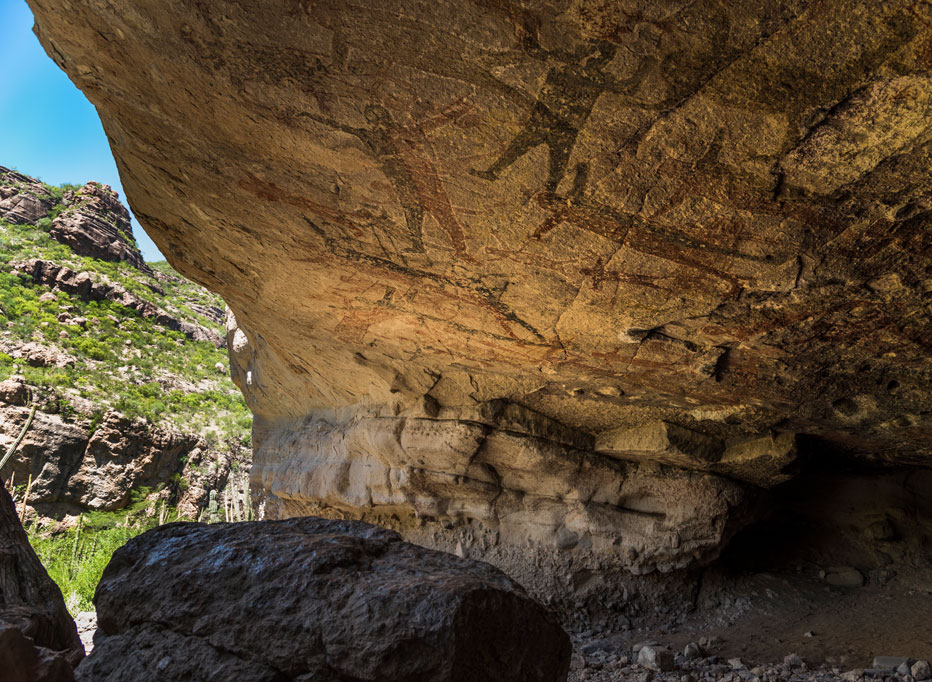
 Rock Paintings
Rock Paintings
Although man came to the Baja California peninsula 10,000 years ago, for at least 7,000 years he has captured his concerns and celebrations on the rocks of the mountains.
Animals, plants and, above all, human figures are part of the extensive catalog of images that can be seen in the numerous sites with cave paintings. In fact, this Baja California region has the world’s fifth-largest collection of these artistic expressions.
▮ Sierra Madre
This is the oldest site in the region. The dry air of the region allows the paintings, dating from 7,000 years ago, to show their original colors and shapes. They depict the concerns of the inhabitants of the time.

▮ The Pingüica
At this site, one of the closest to the urban center of Loreto, you can observe cave paintings and petroglyphs. These are engravings carved in stone, by peoples who are believed to be ancestors of the Cochimí, one of the most significant indigenous ethnic groups on the peninsula.

▮ Sierrras de Guadalupe and San Francisco
This is impressive collection of 1,600 sites with cave paintings that are found between these two points, in the Misión de San Javier area. It is the fifth most important group of its kind in the world, making it a must-see.
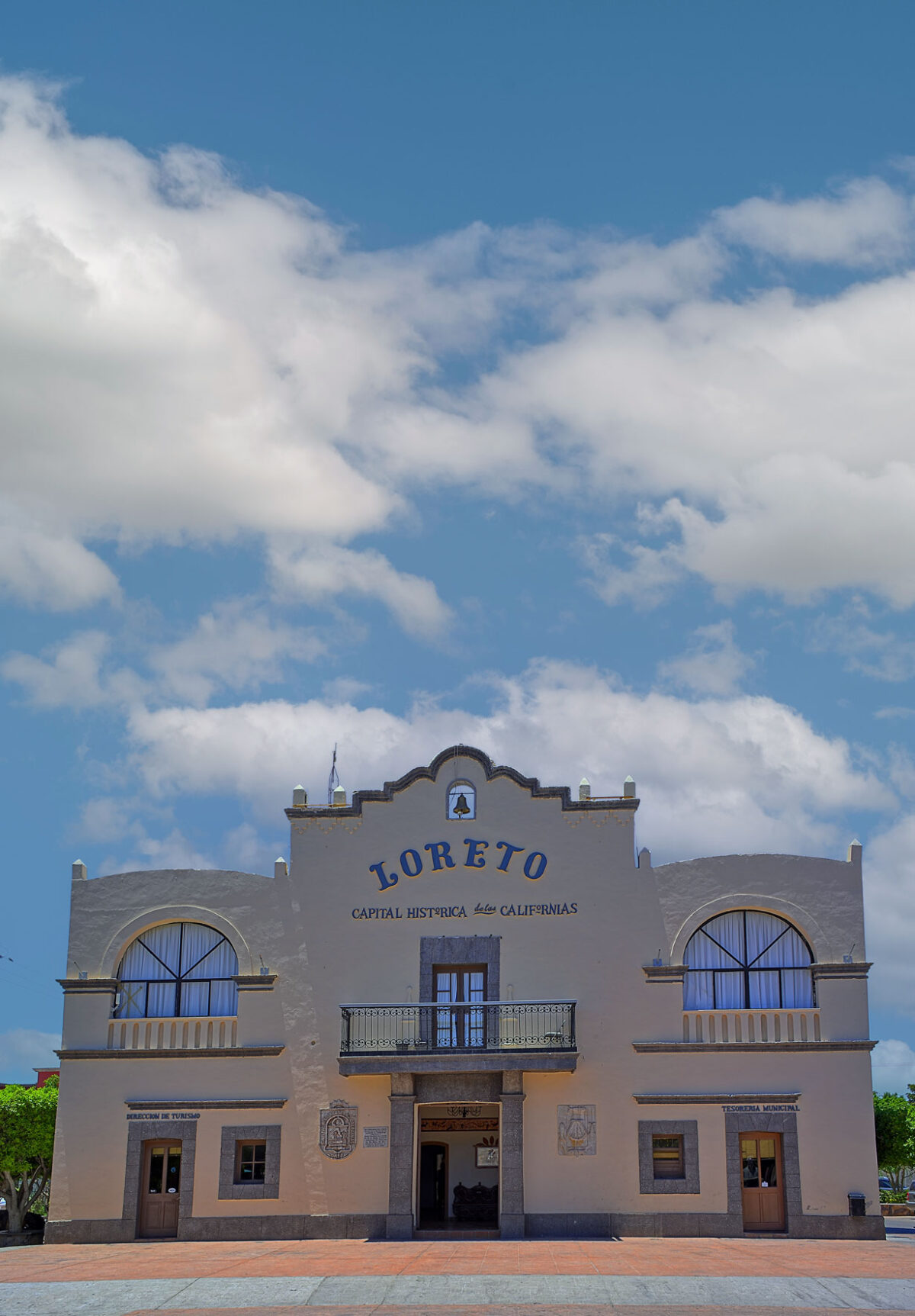
 Royal Road to the Californias
Royal Road to the Californias
The faith and determination of the Jesuit missionaries, who faced an inhospitable climate and unfriendly inhabitants, can be felt on this road, which links the various missions that were founded in Baja California over the centuries. The road begins, as if it were a procession, in a mission that failed, San Bruno. But it regains strength and beauty when it joins the first successful settlements, those of Loreto and San Javier.


 From Loreto, the heart of the California region, the road runs southward as if it were a stream of faith. There it comes to the end of the land in Cabo San Lucas, and it stretches north beyond San Francisco, in northern California.
From Loreto, the heart of the California region, the road runs southward as if it were a stream of faith. There it comes to the end of the land in Cabo San Lucas, and it stretches north beyond San Francisco, in northern California.
The landscape is unique. From the sea to the desert and the mountains, the steps of hikers retracing this path never advance alone; they are preceded by the footsteps of the religious who left their mark on one of the most striking regions of the planet.
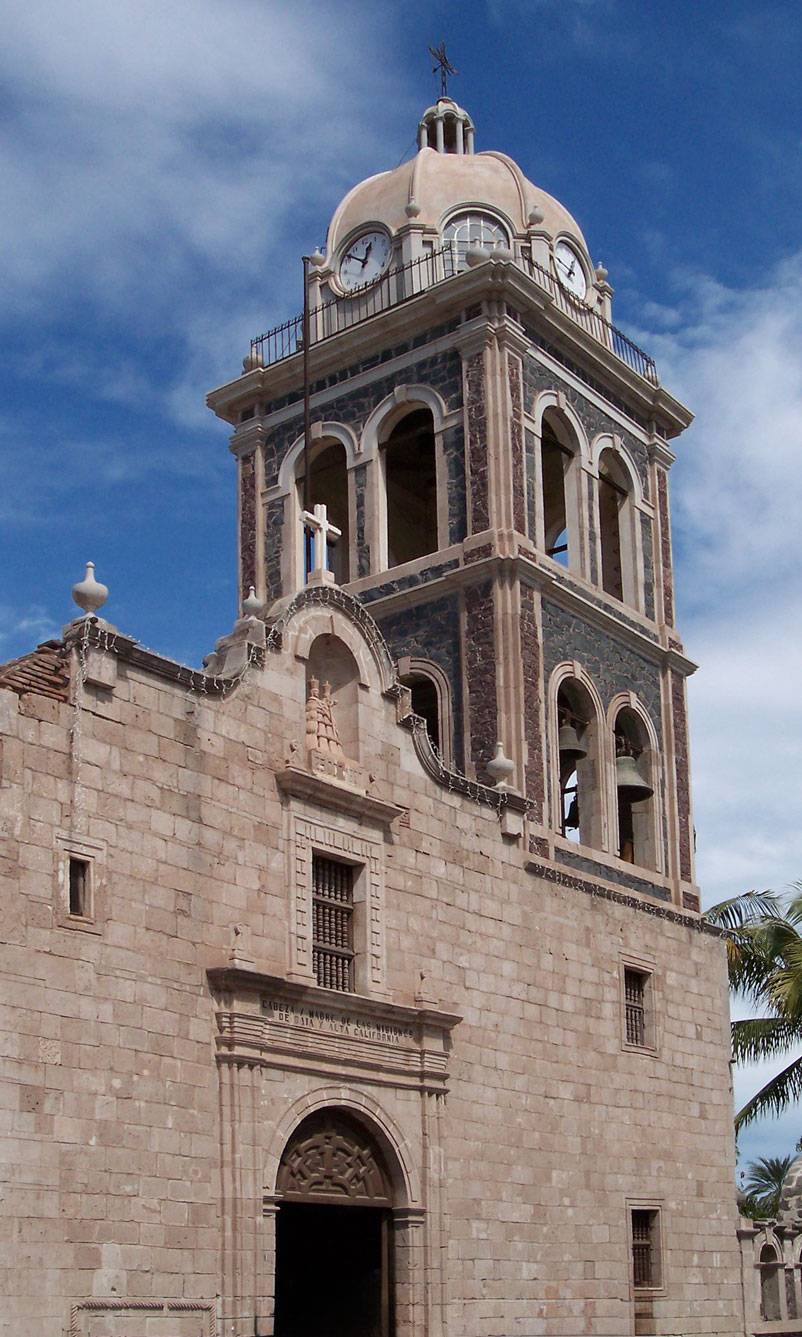
 Misión de Nuestra Señora
Misión de Nuestra Señora
de Loreto Conchó
Founded in 1692, the Misión de Nuestra Señora de Loreto Conchó named for Our Lady of Loreto was the first of a series of successful religious complexes. These missions spread into northern California, evangelizing to the farthest corners of the peninsula.
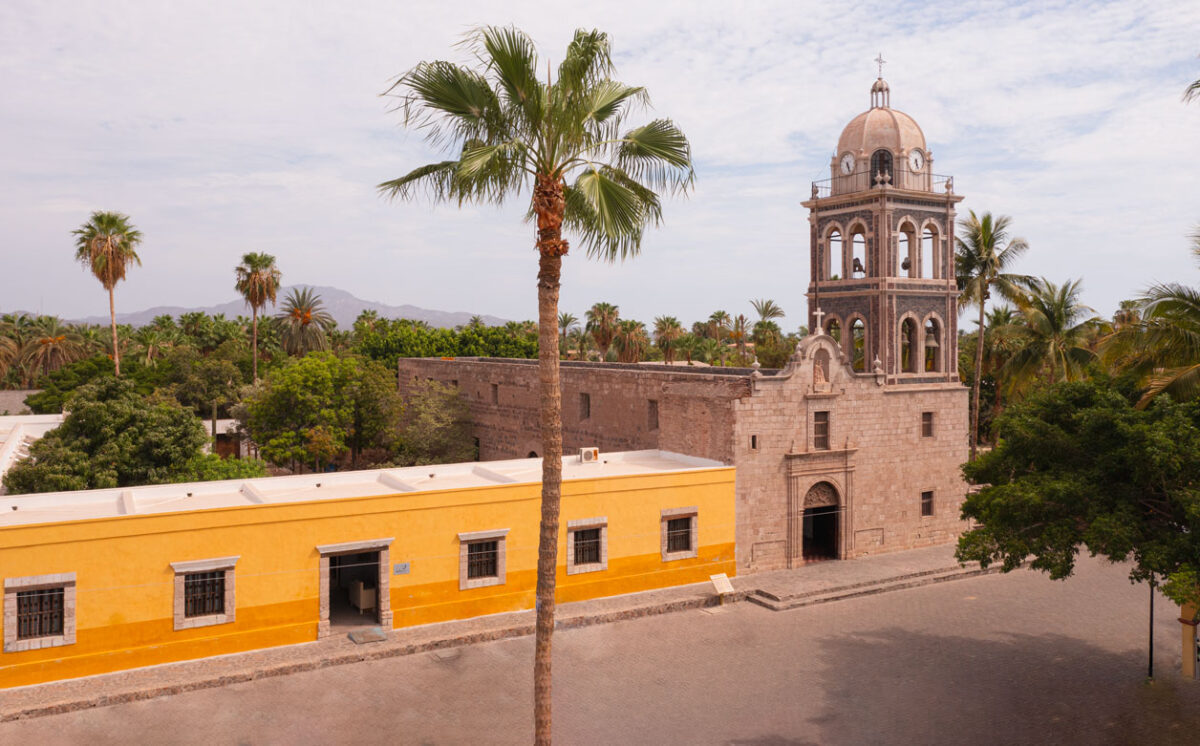

▮ Dreams Carved in Stone
With a facade built in the restrained baroque style, also known as mission-style architecture, the church has undergone numerous renovations over time, mainly due to inclement weather, floods, and earthquakes.
▮ In Search of Inner Peace
What is considered the mother and head of all the missions in California, leads by example: it is a sober building, without stylistic exaggerations that distract from spiritual contemplation. Its strong walls and high vaults offer cool breezes in the face of the region’s usually hot climate.
▮ A Living House
The passage of time and weather conditions have wreaked almost permanent havoc on the religious structure. However, some objects, such as an altarpiece with five images, a bell, and a crucifix have managed to survive over the decades, preserving the memory of mission life.
